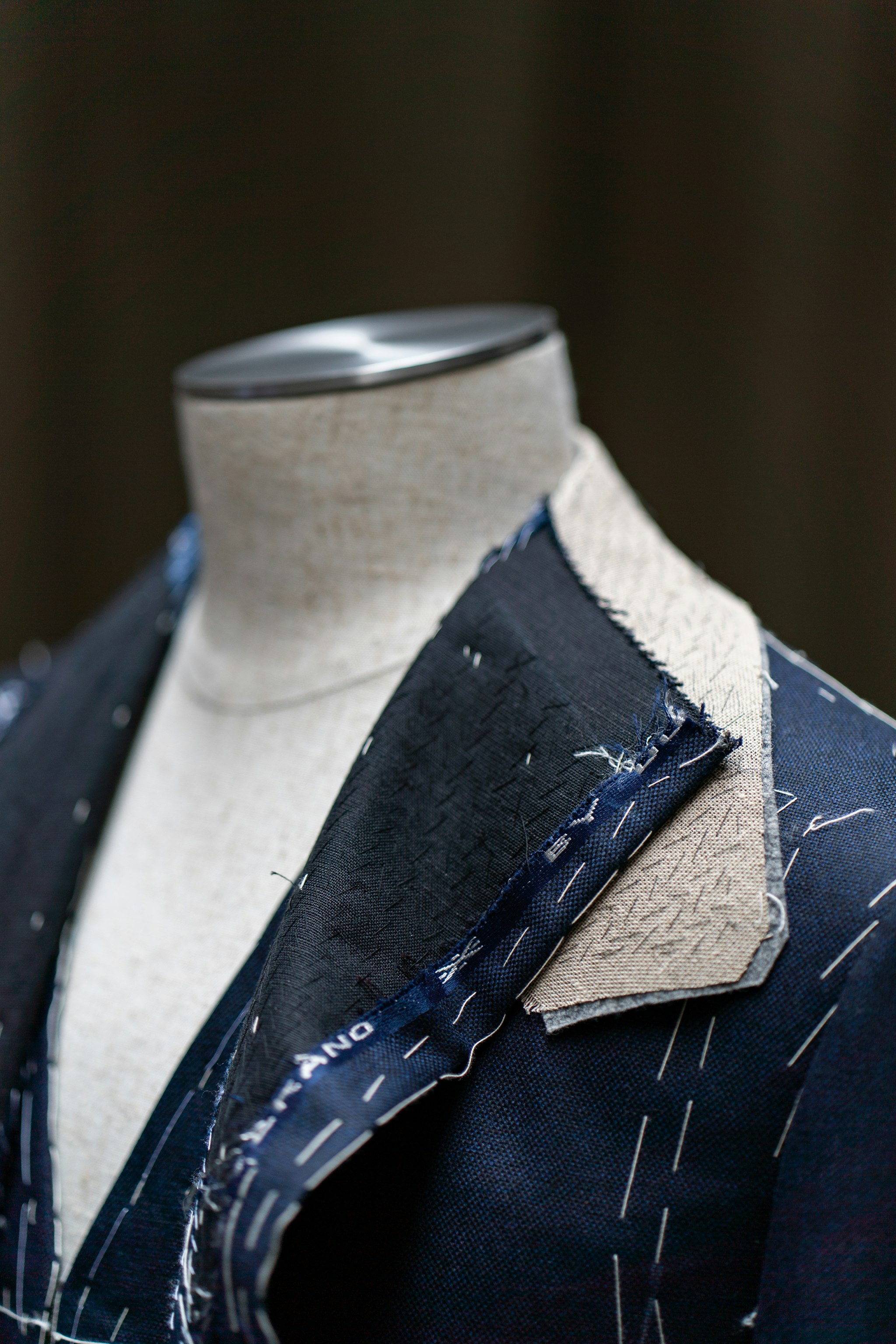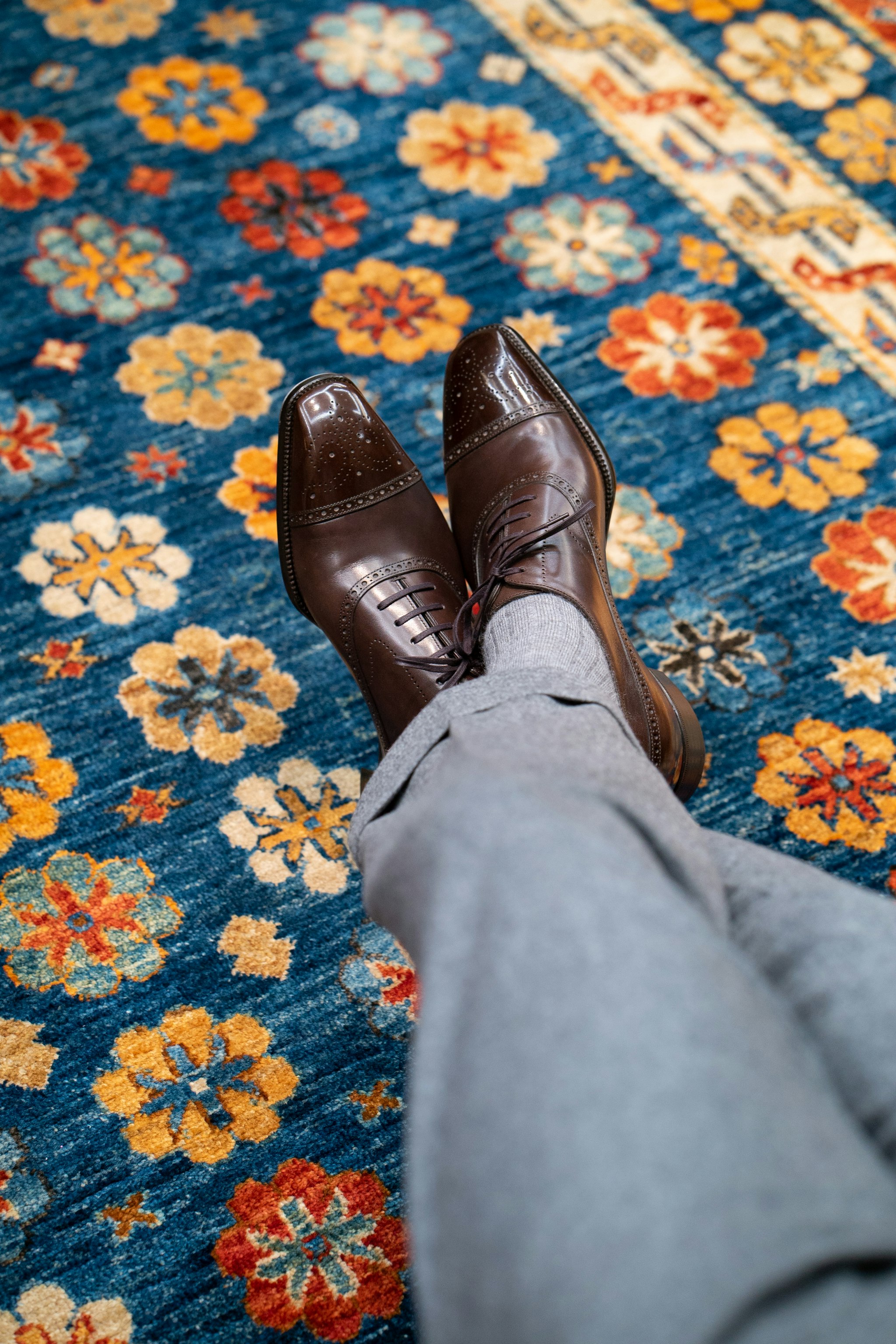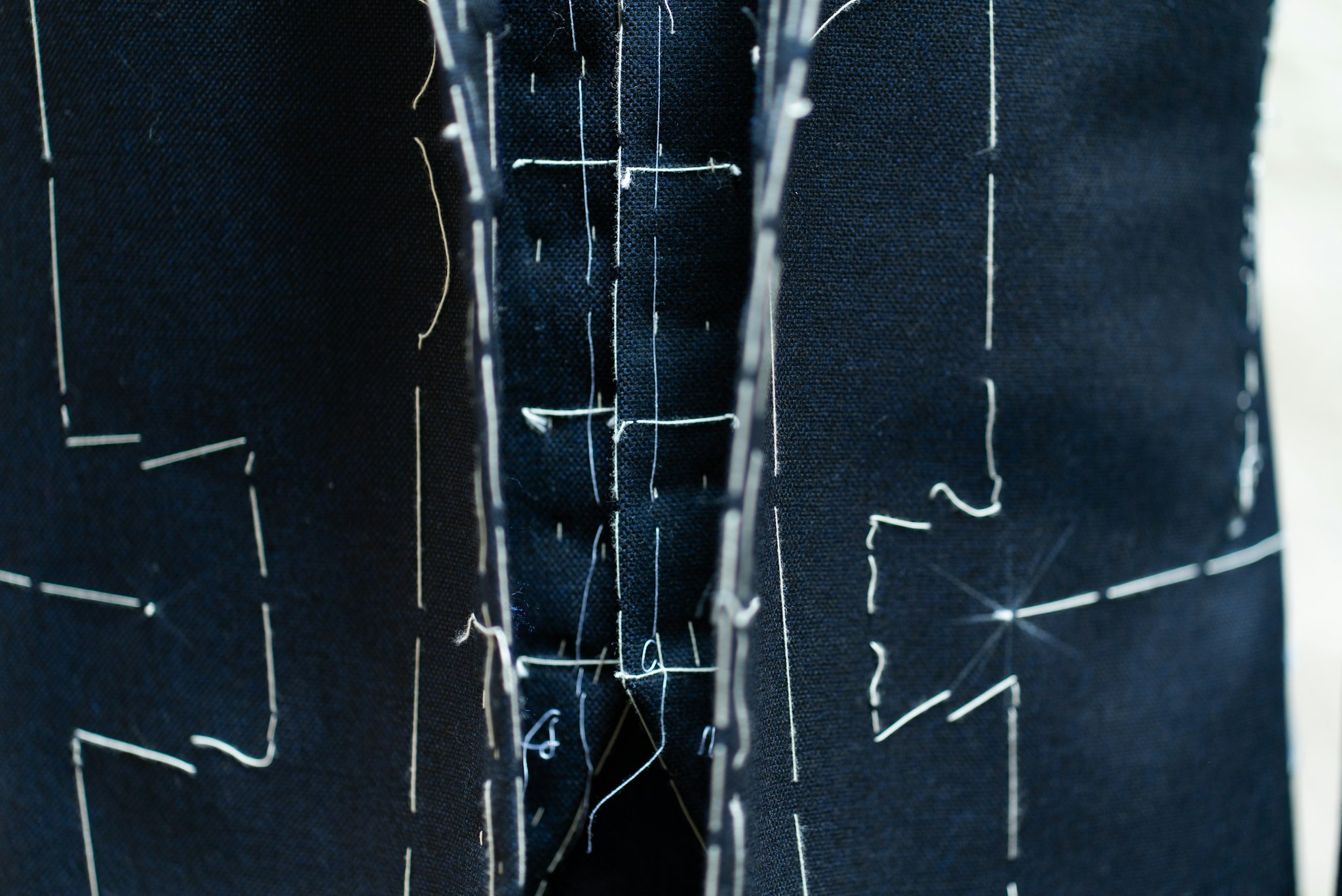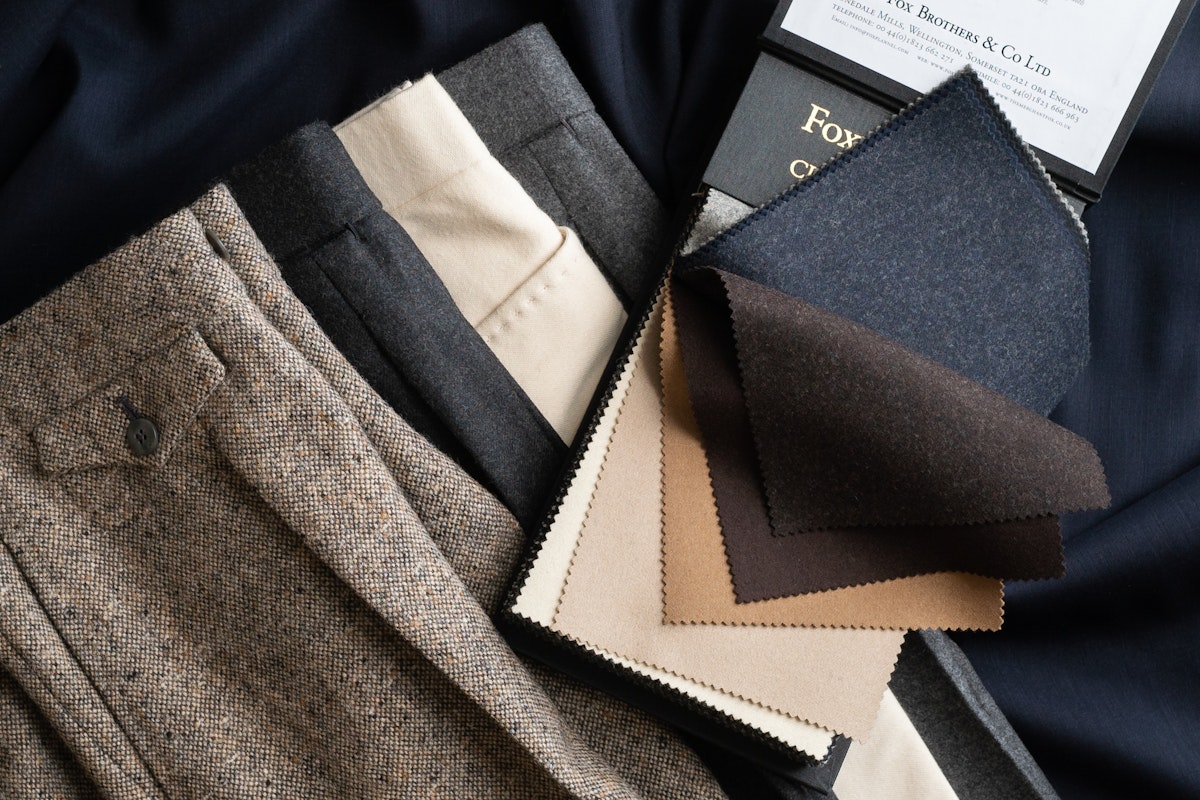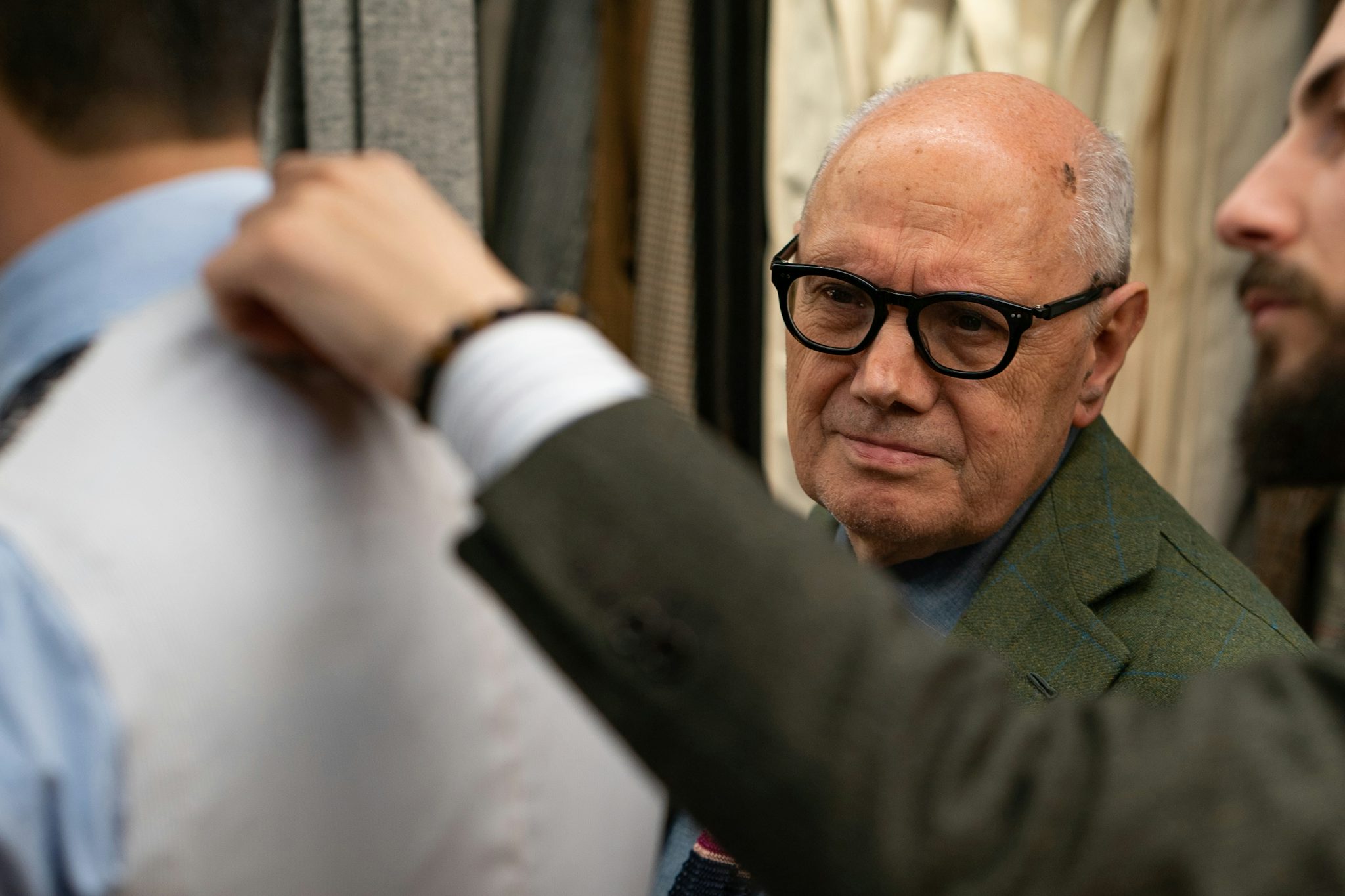
Evaluating a garment requires knowledge, experienced and a good eye. Here are a few thoughts on how to make it a little easier.


The last ten years have been incredible for men’s style. Men are paying closer attention to how garments are designed and constructed, taking greater care in considering whether something is actually worth adding to their wardrobe. With all the information online these days, there’s a lot more transparency about the production process. Twenty years ago, terms such as Goodyear welting would have only been industry jargon. Now they’re common parlance among consumers who pay attention to the details.
At the same time, judging quality today can be as difficult or simple as you want it to be.
Difficult because many of the hallmarks commonly put forward are deceptively oversimplified.


Take the most common: country of origin. It’s assumed that if something is made in the US, UK, Italy, or Japan, it must be of good quality. Yet, today’s production processes are so globalized, with complex rules regulating when a company can slap a certain tag on, boiling everything down to a single label can be misleading. Raw materials can be sourced in one country, and then sent around the world for spinning, weaving, and finishing, before being shipped somewhere else for garment assembly. The interlinings and trims may have their own global production chains, complicating the process.
Some Italian labels these days will even do most of their production offshore, then have the garments sent back home for superficial finishing, purely for the purpose of being able to say it was “made in Italy.” With the complex rules and fragmented production chains these days, it’s hard to say what a single country-of-origin tag really even tells a consumer. Where you thought something was assembled may not even be the real truth.

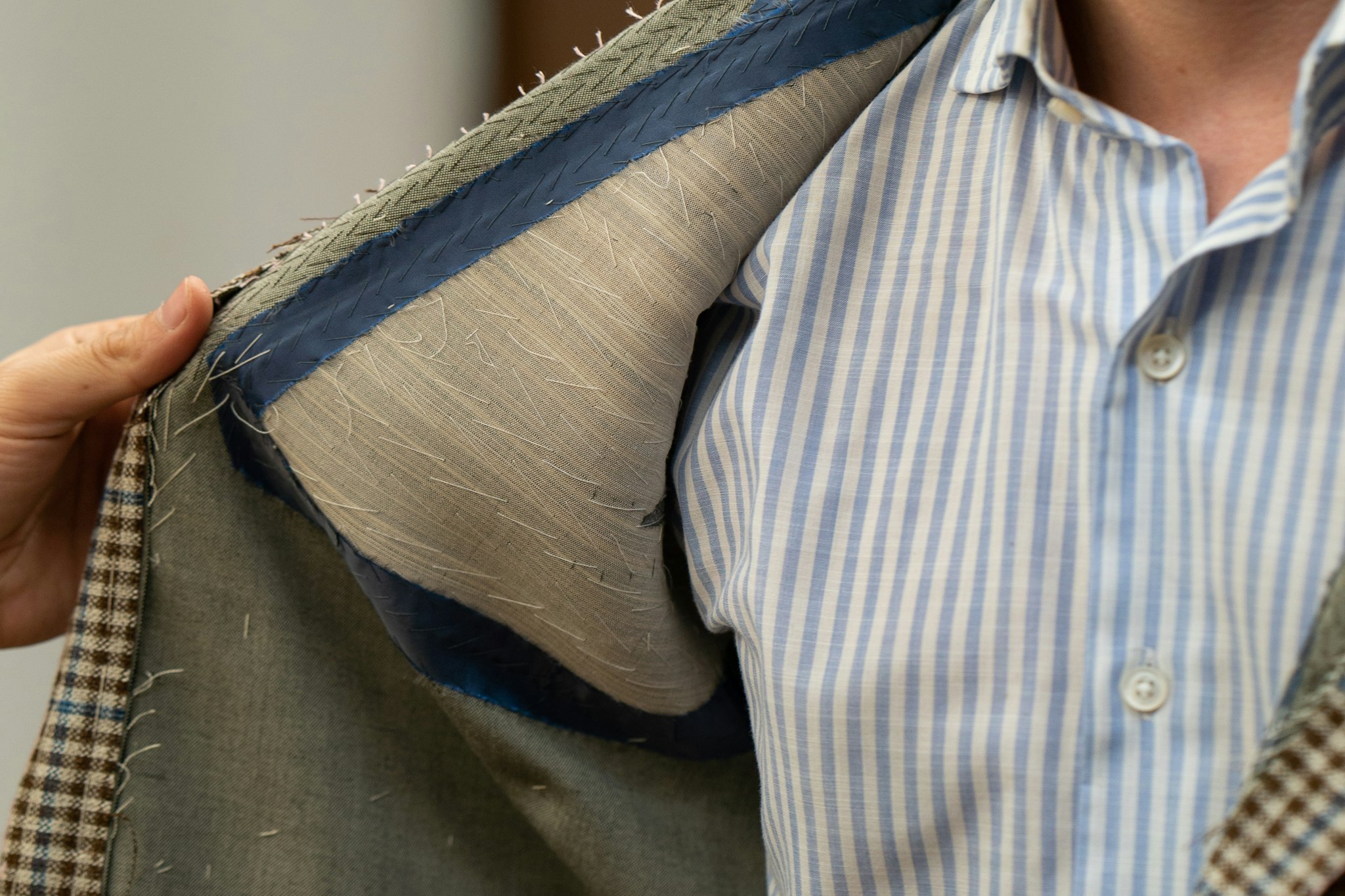
There are also supposedly some telltale signs you can look for. On a tailored jacket, for example, it’s said you can pinch below the buttoning point to see if you can feel for a floating canvas. Canvassed suit jackets and sport coats will hang and move better than their fused counterparts. The problem: the trick only tells you whether something is fully canvassed, but not whether something is half canvassed or fully fused (for the record, all our jackets here at The Armoury are fully-canvassed). That’s because half-canvassed and fully fused jackets will always be fused below the buttoning point. Above, there’s typically a floating chest piece, which will make it nearly impossible for the average consumer to know whether he or she is feeling the canvas or the haircloth (the thicker, bouncier structure that gives the chest its shape).

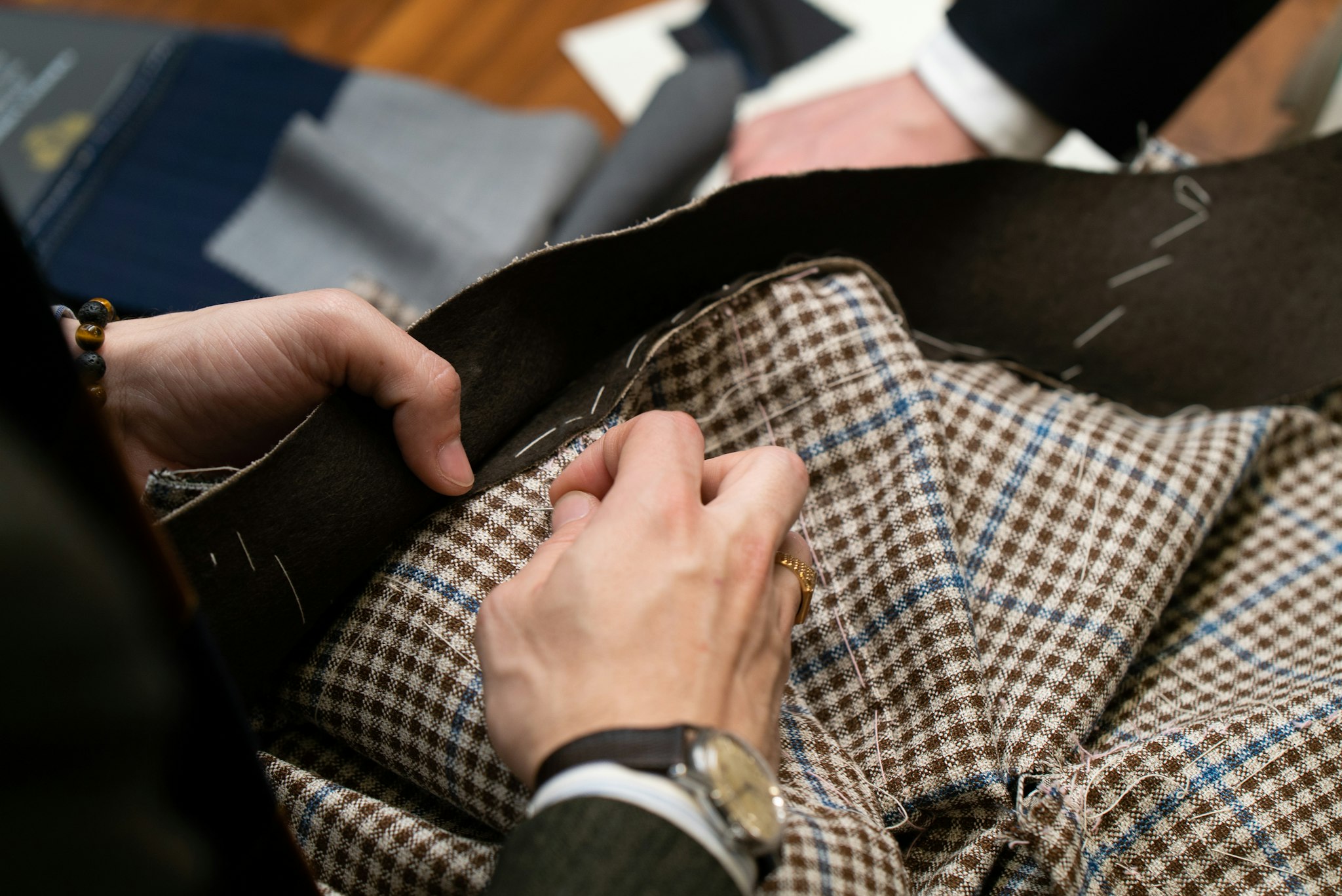
What about hand-stitching? Presumably, no manufacturer would go through the trouble of handsewing a poorly made garment – if costs are ever going to be cut, it’ll be on the decorative details along the lapel or lining. And while that’s true, it can be difficult for the average consumer these days to tell the difference between real hand-stitching and something that was done on an AMF machine, which is made to imitate hand sewn seams. Some of the seams you thought were handsewn may have been just machine-made to look that way.
The truth is, the real details that go into quality are often hidden beneath the surface – in the guts of a jacket or under the sole of a shoe, where a consumer can’t easily see. And, perhaps more importantly, quality isn’t easily measured. It’s not a linear path, but rather a set of decisions designers and tailors make in order to produce the best work possible given their set price points. And much like how chefs can differ on how to make the best steak, designers and tailors differ on what should go into a garment.

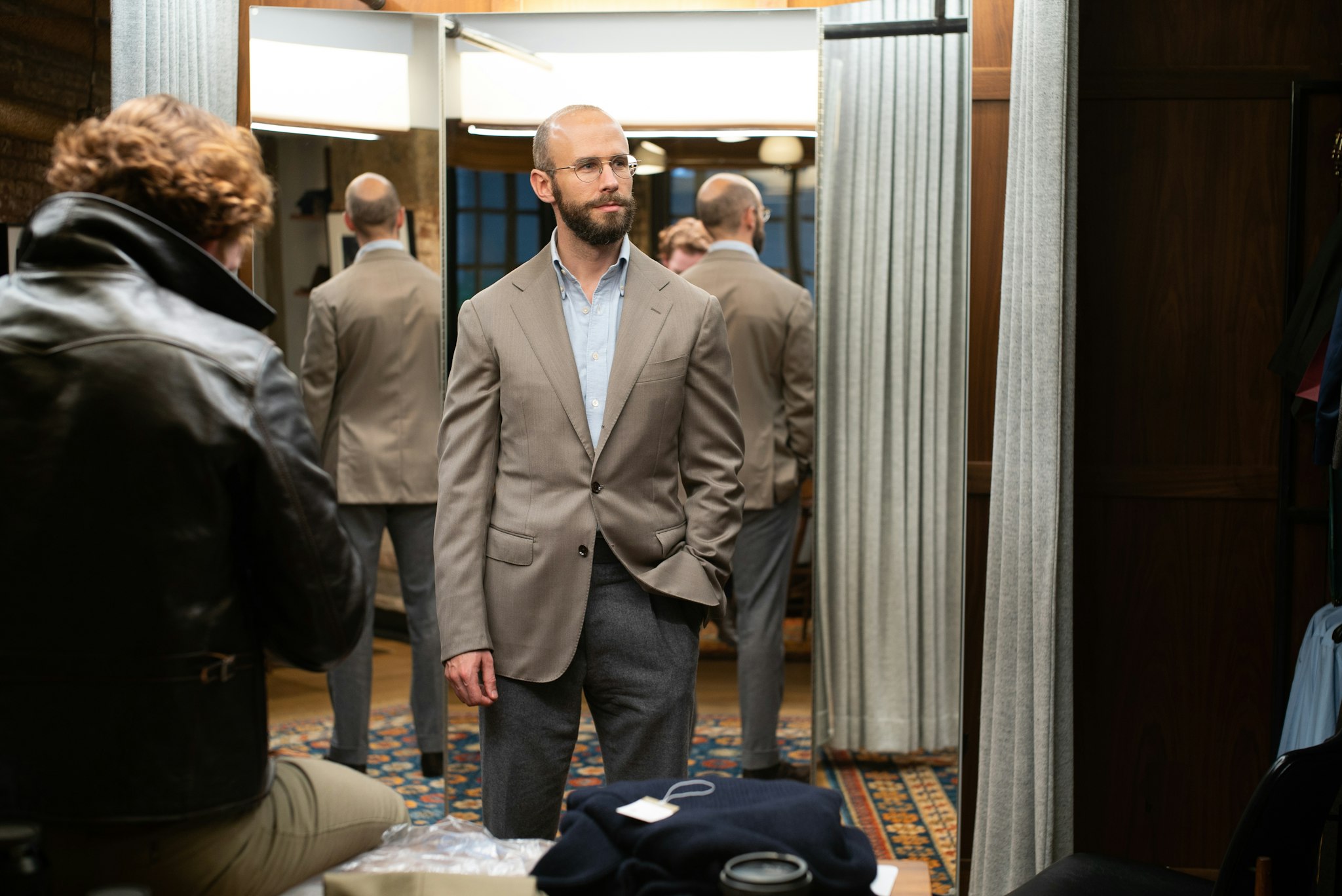
So, what does that mean for the consumer? How can you tell if something is well-made?
For all the information online these days about production processes and quality, the most reliable methods are still those you may have used twenty or thirty years ago. The best is to go by experience. Companies you’ve bought from in the past, and whose garments you enjoy, are probably still making things you will like today.
Barring that, find a store you can trust. One that stocks the best possible wares given your budget, and knows the ins-and-outs of the producers they carry. Having a trustworthy shop vet a brand beforehand can be a good way of approximating quality. Their reputation literally hangs on it.
The simplest and most straightforward way, however, is to just try something on. You don’t need to look between the seams to find out if something is well made. Real quality ought to manifest itself – showing in how a garment fits, hangs, and moves. You may not be able to look under the hood of a suit jacket, but you can tell if it makes you look and feel good. And, in the end, that’s the only measure that matters anyway.

